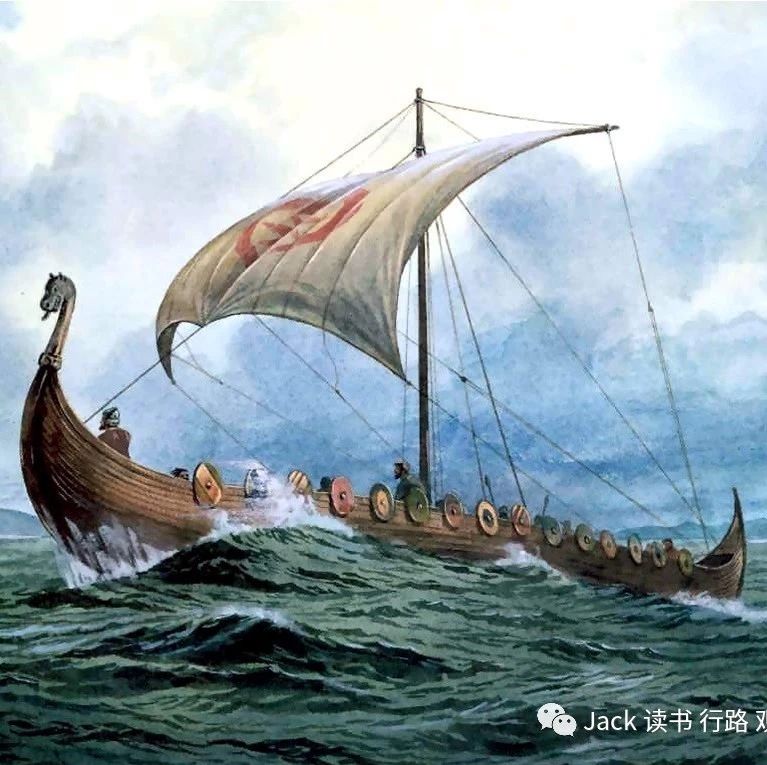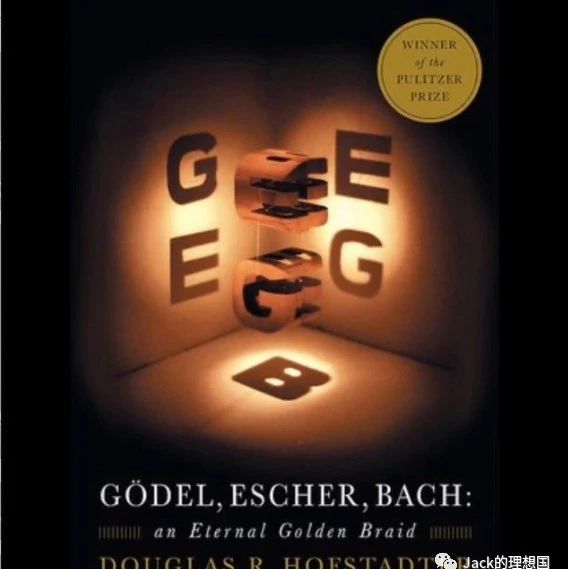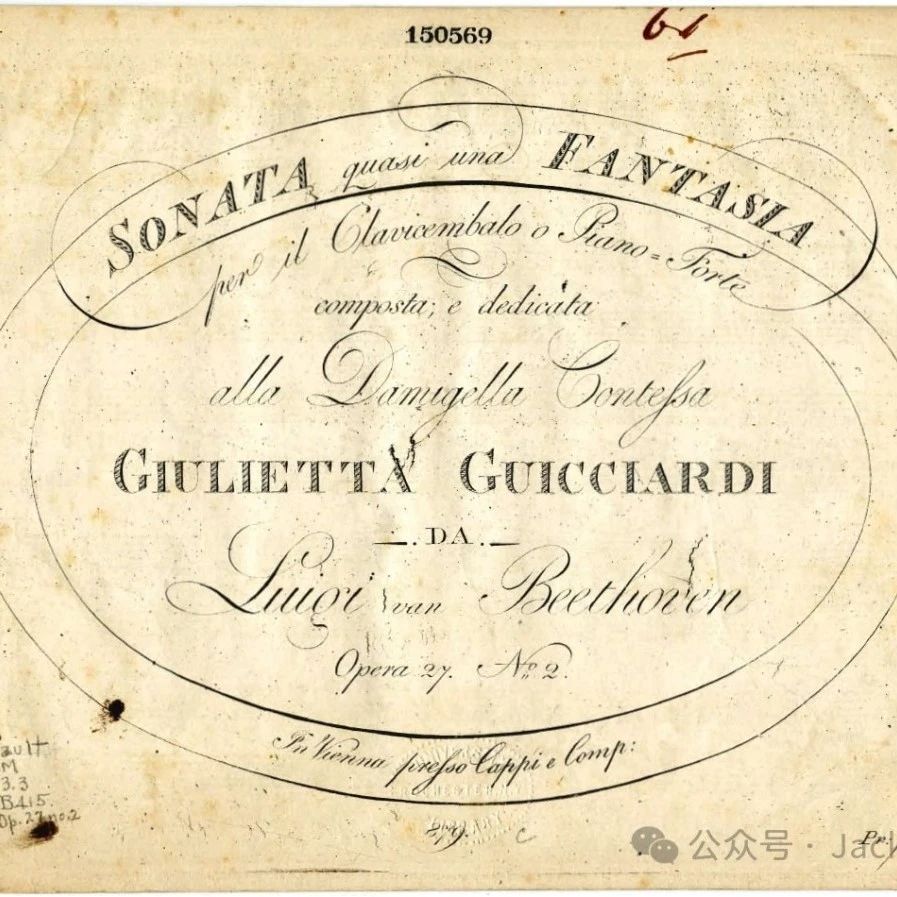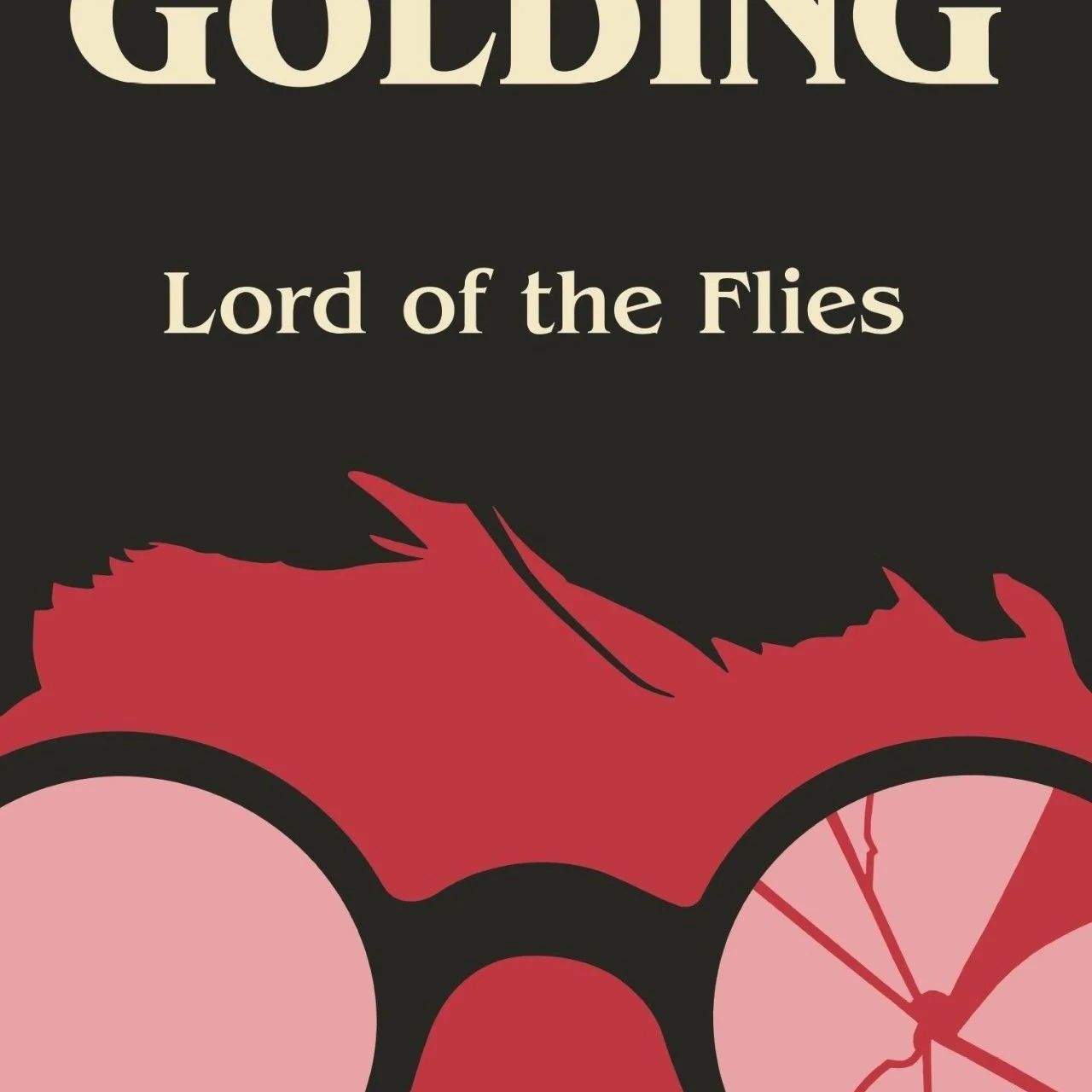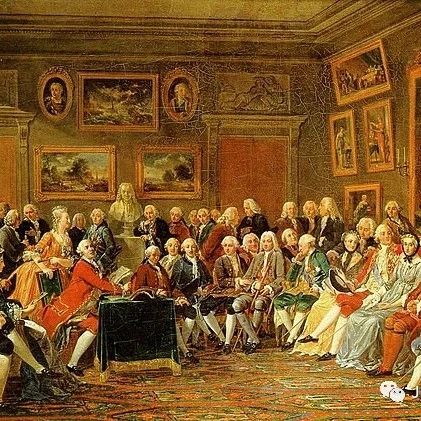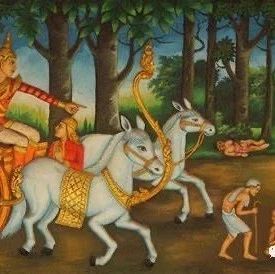The Vikings
The Vikings were Norse seafarers from the late 8th century to the early 11th century. They were known for their courage to explore new lands and the notorious slaughter or pillage of towns along the coast. However, some people do not realize that the Vikings also exerted an important influence in Scandinavia, Estonia, British Isles, France, Kievan Rus which was a part of Russia, Sicily, Ireland, Scotland, Newfoundland, Iceland, and even Greenland to some extent.
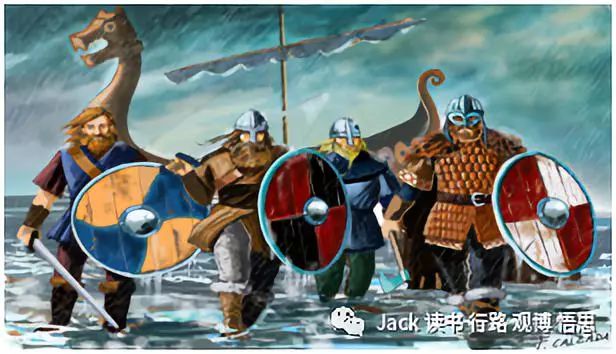
As is known to all, the Vikings settled a large amount of land when they were exploring. From their homeland Scandinavia, they managed to explore and colonize Iceland, Greenland, the Faroe Islands, Newfoundland, the British Isles, and parts of Russia. When their ships bumped into a new place, they usually get down from the boat and started their slaughter and pillage. Monasteries were burnt down, cities and towns got mostly destroyed. But their motives were still not clear. Some think that Charlemagne, the Frankish king, used forces to convert pagans to Christianity, so Vikings wanted revenge. Others think that there was a moment of weakness in surrounding regions which made the regions easy prey for Viking warriors. Some propose that scarce resources motivated the Vikings to loot lands that were richer. Their daring spirit had positive outcomes because new lands were always discovered by Vikings. If the Vikings just stayed in Scandinavia, our world today would not have been what it is. But, barbaric holocausts and avaricious pillages also brought huge damages to the local victims.
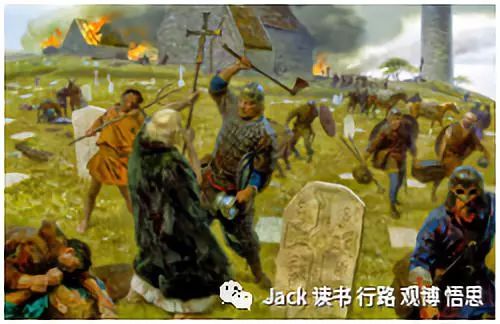
The Vikings also possessed a lively culture. They developed their own alphabet and wrote many things down on rune stones. Their Norse mythology was still very popular since Marvel adapted many of the characters into their comic books and movies. In addition, many Norse words are still in use today in English like happy, ransack, bag, etc. We could clearly see the Vikings’ cultural influence on today’s world.
Furthermore, their everyday life was unique. They had a social hierarchy or status. The aristocrats were the Jarls. They were wealthy and powerful. Their job was mainly administrative and they were often abroad on expeditions. The Karls were free peasants who owned farms and slaves. The Thralls were the lowest ranking group and they were the slaves or servants. They dominated a quarter of the entire population. Their job was to do everyday chores, large scale constructions, or sometimes trade and economic affairs. They were despised and looked down upon. In a Viking society, women had a free status. They had the right to inherit property from a deceased man and could be head of the family if there was no male. They also had religious authority and many of them acted as oracles or priestesses. However, they did not have the right to choose a partner. Women in Viking society’s status was better than most societies back then, which also could also show that their society was advanced than other societies. They also had a varied cuisine. They ate mostly seafood since they lived close to the shore, but they also ate bread and dairy products. Their food was mostly salted and enhanced with spices traded with the Arabs, but they also added to their diet some home-grown species of spices. For example, they planted caraway, mustard, horseradish, etc. The Vikings also domesticated some unique live stocks such as the Icelandic horse and cattle, which helped them to farm and harvest.
However, the late 10th to early 11th century, Christianity began to take root in Scandinavia, and many of the pagan gods of the Vikings were abandoned. Christians also stated that one Christian should not enslave another, which diminished their trade routes and took much of the economic incentive out of raiding. The Scandinavian rulers also had new military ambitions than before. Therefore, gradually, the Vikings retreated from the world that they discovered and ruled, this was the end of the Viking Age. The Vikings did not leave much but their daring spirit and unforgettable discoveries.
Citation:
1. Rossi, Ann M. The Viking World. Foreign Language Teaching And Research Press
- 本文标签: 原创
- 本文链接: http://www.jack-utopia.cn//article/524
- 版权声明: 本文由Jack原创发布,转载请遵循《署名-非商业性使用-相同方式共享 4.0 国际 (CC BY-NC-SA 4.0)》许可协议授权
